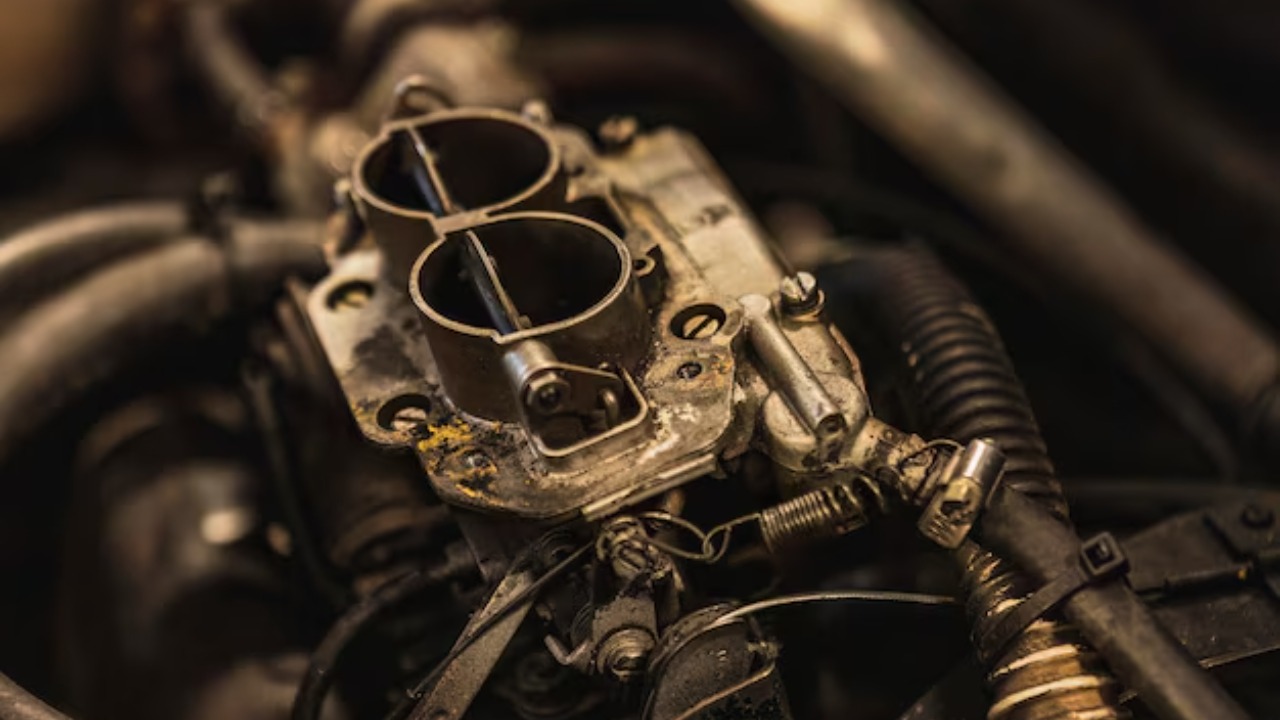
The transition from carbureted engines to fuel injection systems in American cars marks a significant shift in automotive engineering. It represents not only a technological advancement but also a response to changing regulatory, environmental, and consumer demands. Understanding when and why this change occurred provides insights into the evolution of modern vehicles.
The Rise of Carbureted Engines in America
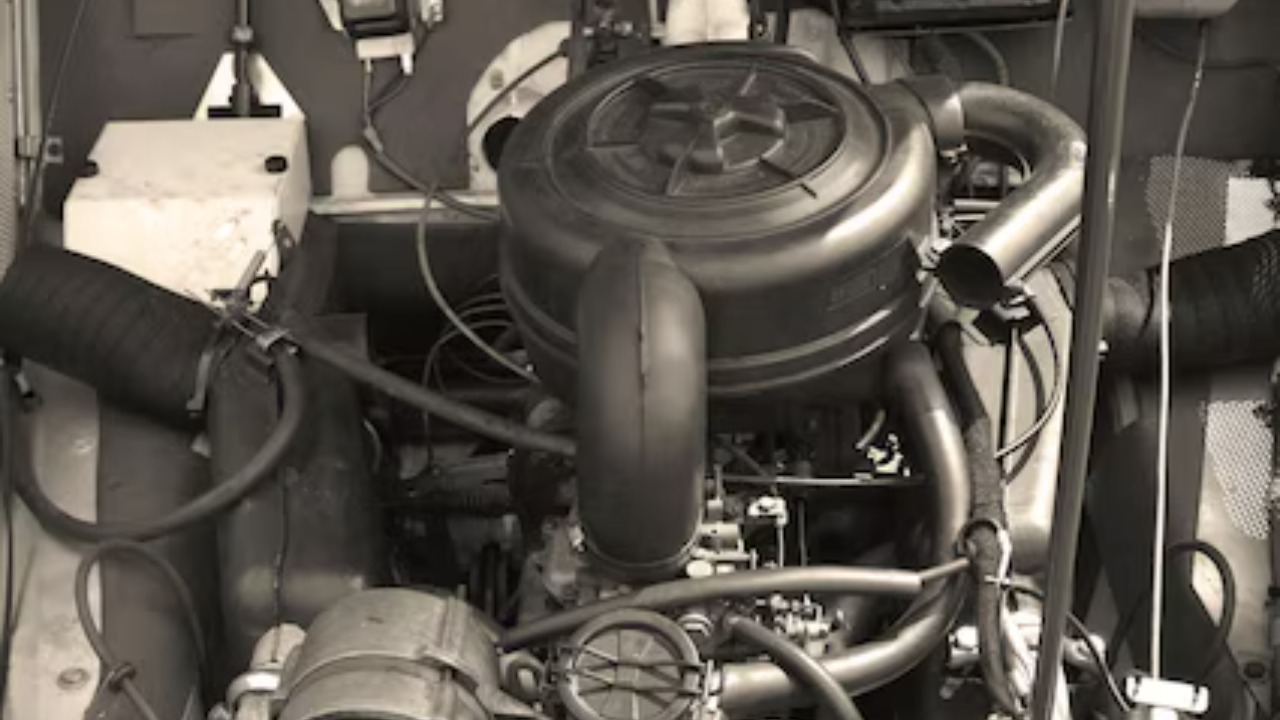
The carburetor, a device designed to mix air with a fine spray of liquid fuel, has its origins in the late 19th century. It became a staple in American automotive design due to its relatively simple mechanism and ability to improve engine performance. Early adopters of this technology, such as Henry Ford, capitalized on its ability to make internal combustion engines more efficient and reliable, which was crucial for the burgeoning automobile industry.
Throughout the mid-20th century, carbureted engines dominated the American car market. They were particularly favored in muscle cars and everyday vehicles for their robust performance and ease of maintenance. During this period, the carburetor established itself as an indispensable component of the American automotive landscape, contributing to the iconic status of many vehicles.
Technological Advancements and Challenges
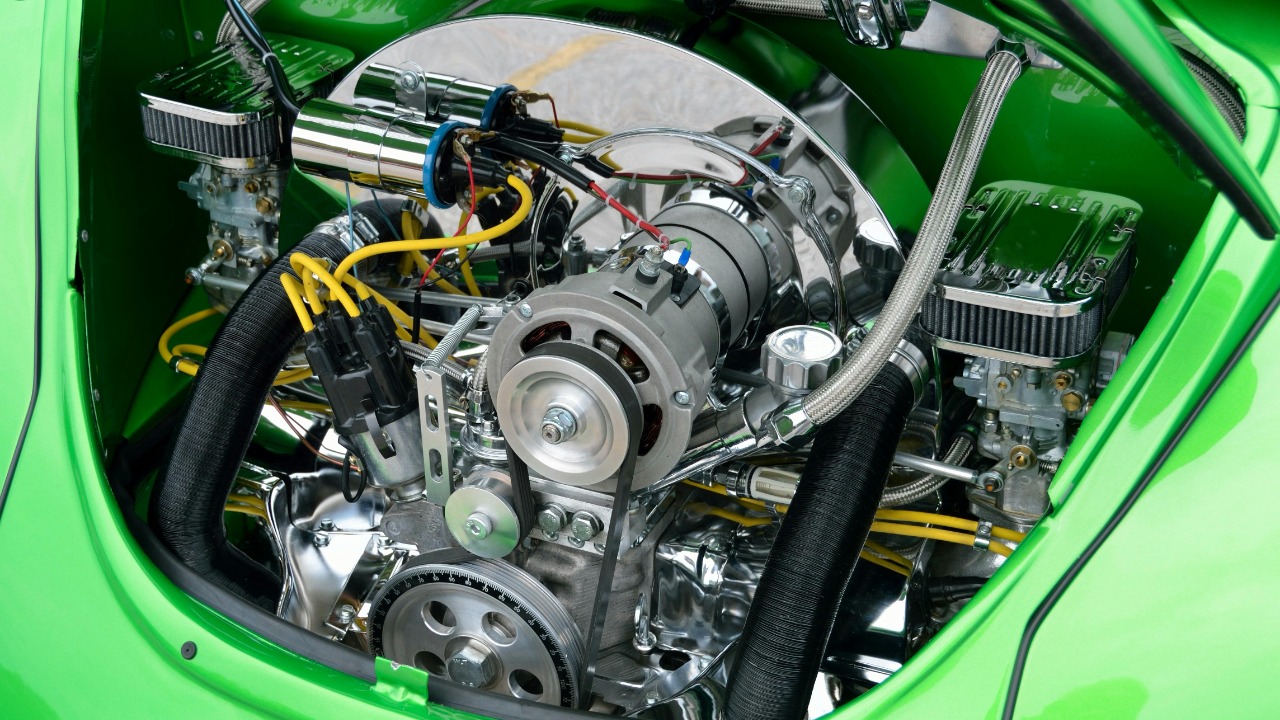
Despite their popularity, carburetors had several limitations. One of the primary issues was their inability to regulate fuel distribution precisely, leading to inefficiencies and higher emissions. As environmental concerns grew, the shortcomings of carburetors became more apparent, prompting the need for alternative technologies. Additionally, the mechanical nature of carburetors meant they were less adaptable to the demands of modern engines, which required more precise control over fuel-air mixtures.
The emergence of fuel injection technology marked a turning point. With advancements in electronics and computer systems, fuel injection systems offered a more precise, efficient, and environmentally friendly method of delivering fuel to the engine. These systems could adjust fuel delivery in real-time based on various parameters, significantly enhancing performance and reducing emissions.
The Shift to Fuel Injection Systems
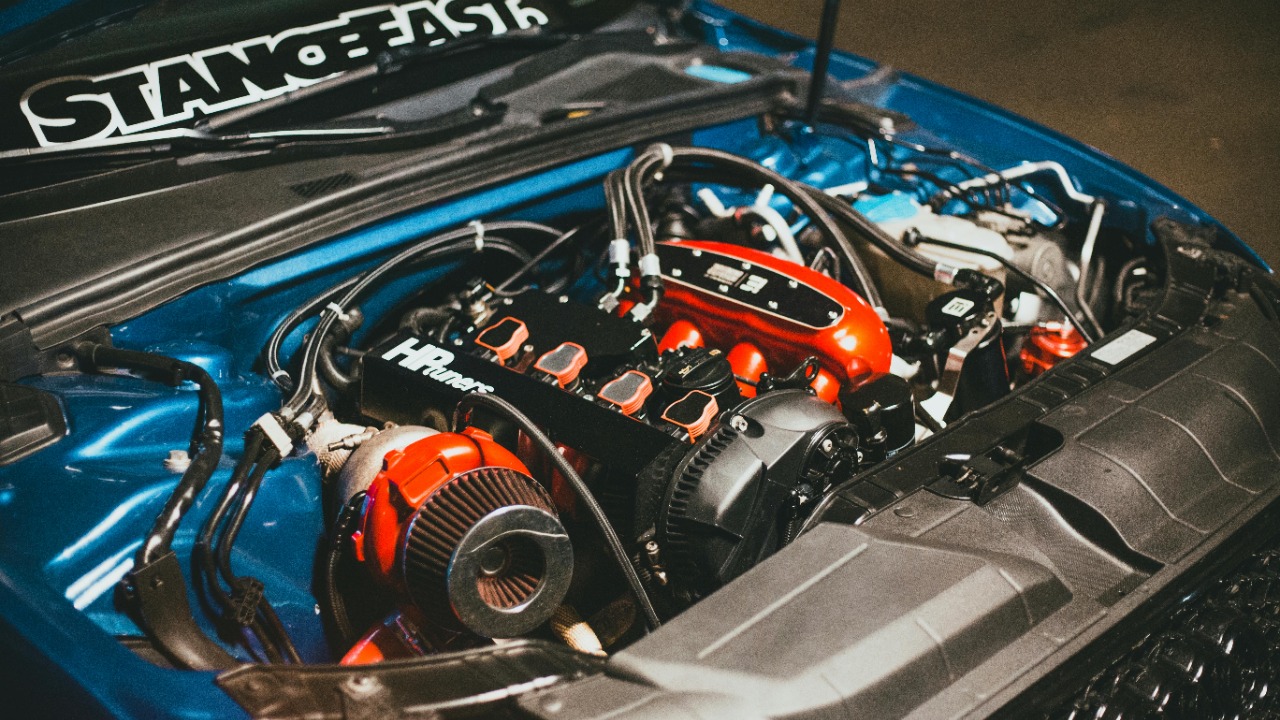
In the 1970s and 1980s, stricter emissions standards and the push for improved fuel efficiency began to influence automotive design. Governments worldwide, including the United States, implemented regulations that required vehicles to meet specific environmental criteria. These changes made the inherent inefficiencies of carbureted engines increasingly untenable, accelerating the shift towards fuel injection systems.
Fuel injection systems offered several advantages over carburetors, including improved performance, reliability, and compliance with environmental regulations. They allowed for better fuel economy and reduced emissions, aligning with the growing demand for environmentally conscious transportation. As a result, major American car manufacturers started to phase out carburetors in favor of fuel injection, marking a significant shift in the industry.
The Timeline of Transition
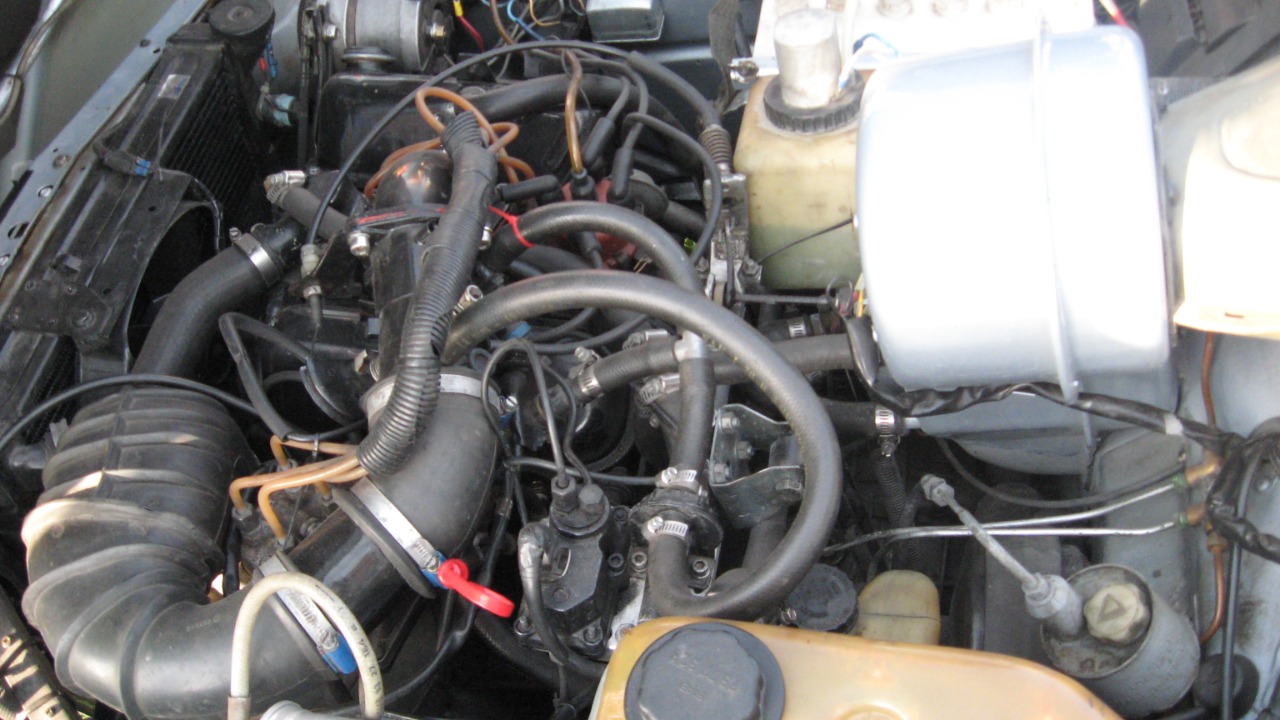
The transition from carbureted engines to fuel injection systems was not instantaneous. It involved several key milestones, including the introduction of electronic fuel injection in the late 1970s. By the mid-1980s, many American car manufacturers had begun to adopt this new technology, driven by the need to meet regulatory requirements and consumer expectations.
The last American cars to use carbureted engines were produced in the late 1980s. For instance, the 1990 Oldsmobile Custom Cruiser was one of the last holdouts. By the early 1990s, the complete shift to fuel injection was realized across the industry, marking the end of an era. The transition was a testament to the automotive industry’s ability to adapt and innovate in response to external pressures.
Legacy and Impact on Modern Automotive Design
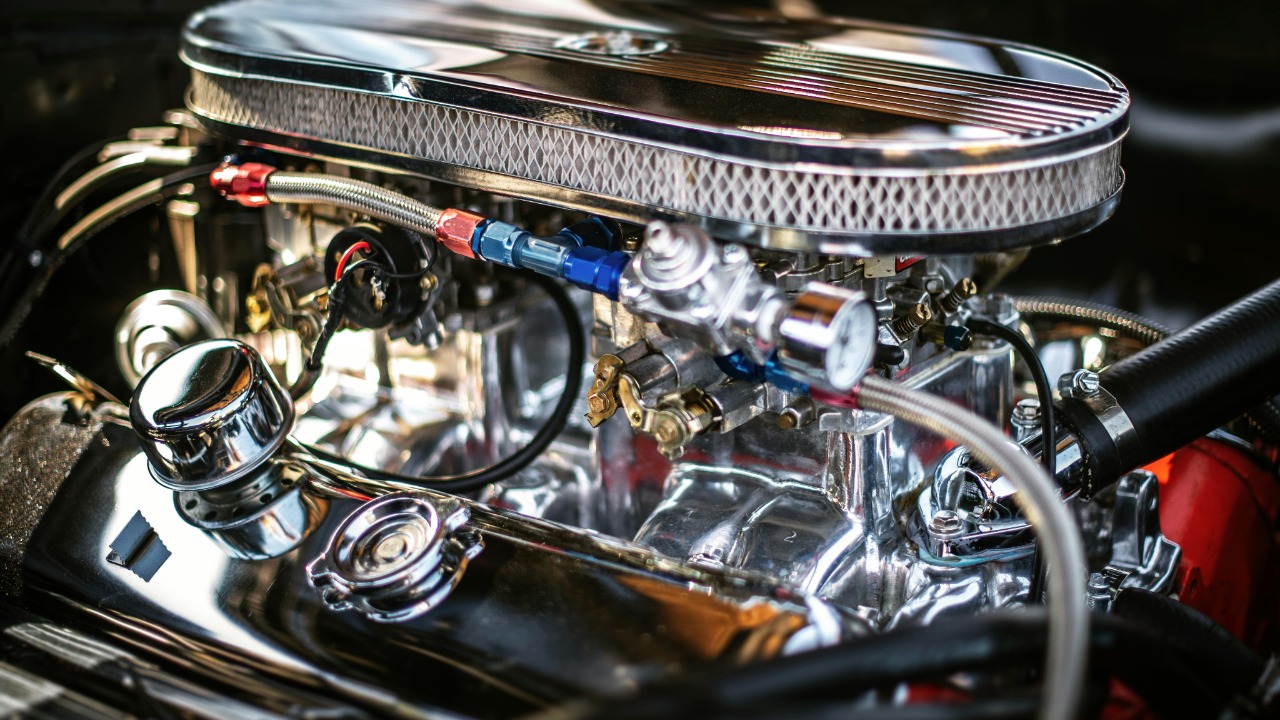
The transition from carburetors to fuel injection has had a lasting impact on modern automotive engineering and design. Today’s engines are more efficient, reliable, and environmentally friendly, thanks in part to the precision and adaptability of fuel injection systems. This evolution has paved the way for further innovations, such as direct injection and hybrid powertrains, which continue to shape the future of the automotive industry.
Despite their obsolescence in modern vehicles, carbureted engines maintain a nostalgic appeal among car enthusiasts and collectors. These engines are celebrated for their simplicity and historical significance, with many classic car fans cherishing their unique characteristics. Events such as Carb Day at the Indianapolis 500 highlight the enduring legacy of carbureted engines, ensuring they remain an integral part of automotive history.